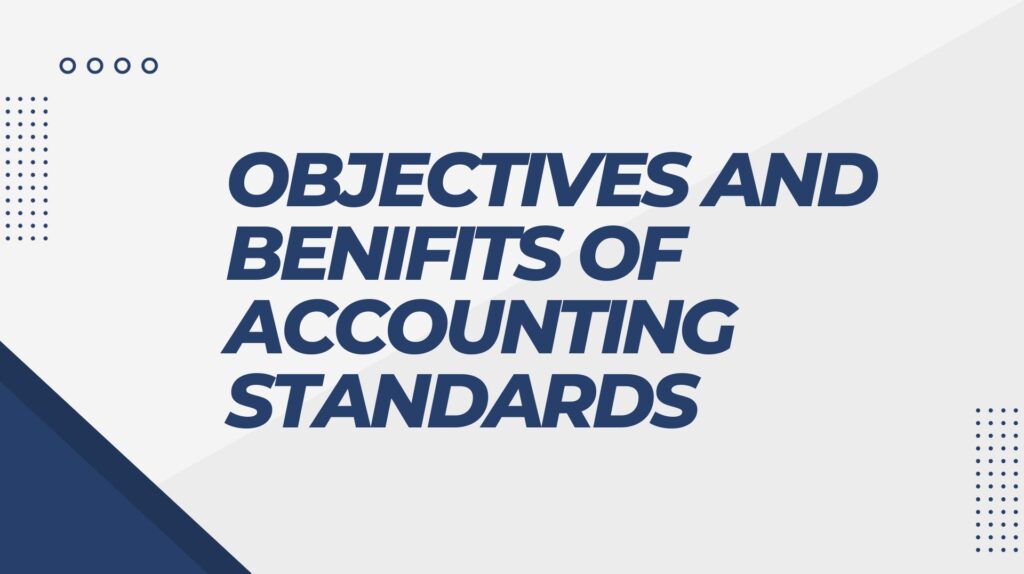Accounting standards are official documents issued by the government and regulatory bodies to provide guidance on how to account for transactions and events in financial statements. They cover recognition, measurement, presentation and disclosure of accounting information. The purpose of these standards is to provide useful and timely financial information to investors and other stakeholders to evaluate a company’s financial performance. Accounting standards reduce the options in financial reporting, ensuring comparability between different companies’ financial statements. This helps provide a more accurate picture of a company’s financial health.
Accounting Standards deal with the following aspects:
- (i) recognition of events and transactions in the financial statements;
(ii) measurement of these transactions and events;
(iii) presentation of these transactions and events in the financial statements in a manner that is meaningful and understandable to the reader; and
(iv) the disclosures relating to these transactions and events to enable the public at large and the stakeholders and the potential investors in particular, to get an insight into what these financial statements are trying to reflect and thereby facilitating them to take prudent and informed business decisions.
Benifits of Accounting Standards:
Following are the benifits of accounting standards:
1) Standadisation of alternative accounting treatments:
Accounting standards aim to reduce variations in accounting treatment and presentation of financial information. They provide guidelines on policies for areas like inventory valuation, cost capitalization, depreciation and amortization. Since different enterprises may need different policies, the standards only provide permitted options. It is not enough to simply comply with the standards; enterprises must also disclose the specific accounting policies actually used to prepare their financial statements. For example, a company needs to disclose whether it uses FIFO, weighted average or another cost formula to value its inventory. The disclosure of accounting policies provides transparency and comparability for financial statement users.
2)Requirements for additional disclosures:
While statutory laws may establish a minimum level of disclosure in financial statements, accounting standards often go further by recommending or mandating additional disclosures. These additional disclosures are designed to enhance the transparency and comparability of financial information, allowing users to gain a deeper understanding of the accounting practices employed and the underlying financial position and performance of the entity. By providing more detailed information about the recognition, measurement, presentation, and disclosure of various financial items, these additional disclosures contribute to a more informed assessment of the company’s financial health and prospects.
3) Comparability of financial statements:
Standardization of accounting procedures enhances the comparability of financial statements, both within a single company over time (intra-enterprise) and across different companies (inter-enterprise). This comparability is crucial for making informed economic decisions, such as whether to invest or lend to a company. By ensuring consistency in accounting methods, intra-enterprise comparisons allow investors and creditors to track the company’s financial performance over time.
Inter-enterprise comparisons require comparable enterprises to use similar accounting policies to enable meaningful comparisons. Accounting standards provide a framework for consistent application, but judgment must be exercised in complex cases. Accounting standards must also align with legal requirements. Standardization helps reduce the scope for “creative accounting” practices that manipulate financial statements to achieve desired outcomes. Accounting standards provide guidance on accounting for borderline cases to prevent such manipulation.

